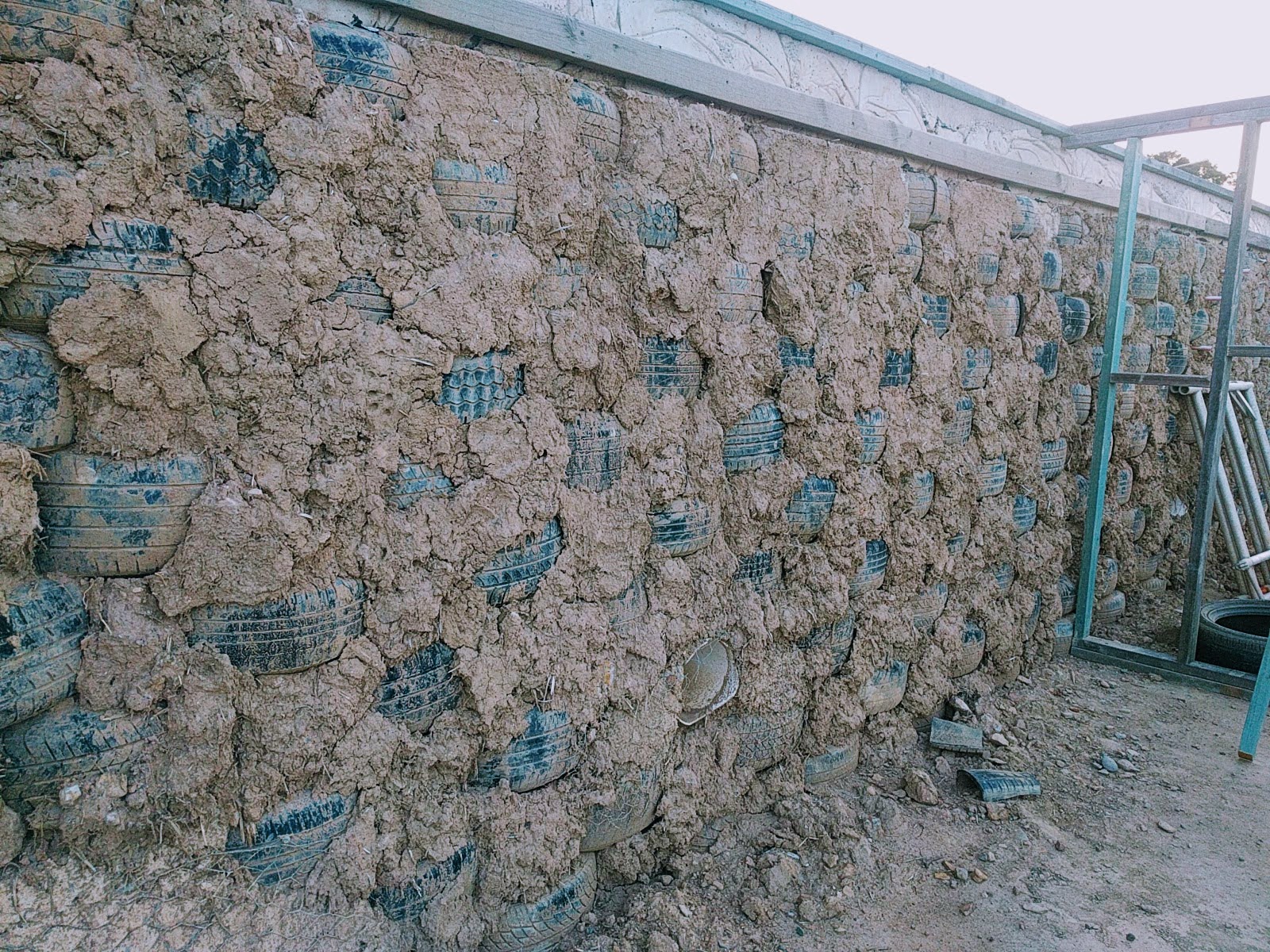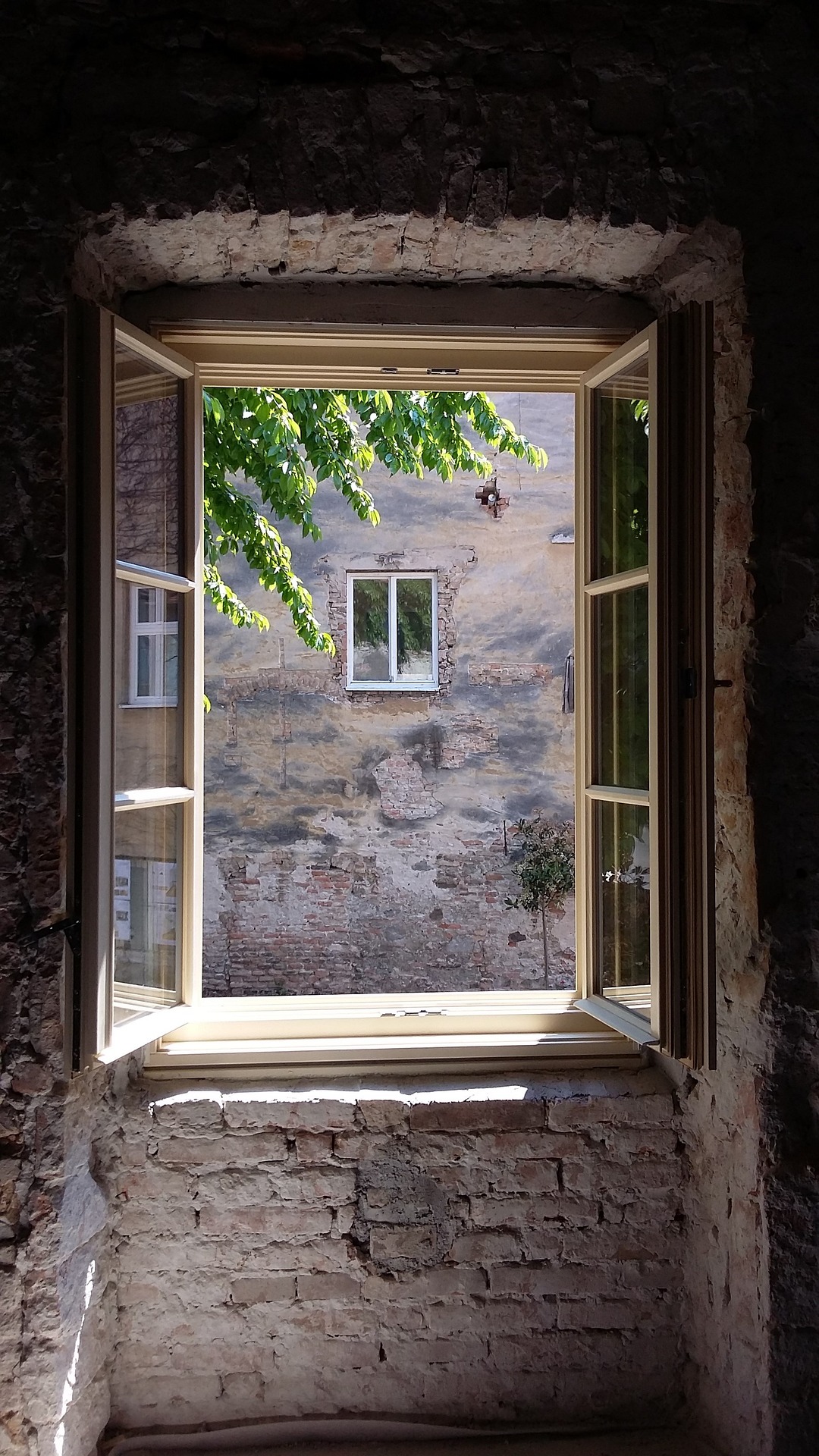One important part of this blog, and in my life, is the question of housing. To me, it doesn’t make much sense to talk about the everyday shopping and cooking experiences if we neglect the big impact of housing on our lives and our planet. Building a new house, for example, can produce up to 80 tonnes of CO² emissions, the same amount as greenhouse gas emissions of 17 cars in one year. Buildings made up 32 percent of all energy use in 2010 and contributed 19 percent to greenhouse gas emissions globally.
Now, as scary as these numbers may seem, there is a growing movement of sustainable houses, houses which use and produce less CO² emissions during construction and the lifespan of the house. But the question that struck me is: what is a sustainable house, actually? So I wanted to get to the bottom of this question.
And this is what I found.
What is a sustainable house?
There are three aspects which feed into the definition of a sustainable house: size, energy use, and lifespan.
Size
It might come as no surprise that smaller houses use less energy to build and to run. So, the question of size is the first any aspirational builder would have to answer. How much space do I need to live? And getting the answer right is important because every square meter in a house uses energy and will thus contribute to the running costs of the house.
Size is also important to consider when designing the house. What is going to happen in the house? How many people will occupy it? A good design will incorporate these questions as well as leave room for any alterations to the house by future occupants.
Energy consumption
Although size is an issue, a sustainable house does not mean a tiny house. It comes down to the building standard applied and its resulting energy consumption. Generally speaking, there are standard house, Passivhaus, and Zero Carbon house principles. These standards ultimately determine the energy use of a house during an occupation, however, not construction.
Speaking of standards, there are also other names for houses which could be considered sustainable houses: eco-homes and green homes which often come with a green roof and maybe rainwater harvesting, low-energy houses which focus on energy consumption above all else, and the various government initiatives such as Your home in Australia, Zero Carbon in the UK, and the Energy-efficient Buildings PPP on EU-level. All these names form a somewhat diverse set of sustainable houses.
Lifespan
The final aspect of what makes a house sustainable is its lifespan. Generally speaking, sustainable houses are built to last. A standard house today is built to last around 80 years. A sustainable house is built to last more than 100 years. With this lifespan in mind, questions like size and energy use are even more pressing to consider because the house will not ‘just’ last one generation of occupancy.
The sad news when it comes to describing a sustainable house is that no house will be 100 percent sustainable. And every house will have an impact on our planet. The idea behind a sustainable house is to reduce this impact as much as possible.
Why build a sustainable house?
Now, with this information in mind, and especially knowing that no house will be 100 percent sustainable, why should you bother?
Cost savings over time
Sustainable houses are, by definition, energy efficient. They will, therefore, cost less money to run in their lifetime.
In the construction phase, using recycled and even reclaimed materials will also add savings to the house. However, there is no denying that building a sustainable house will cost more than a conventional house during construction.
Minimising the footprint of a house
As I said, every house will have an impact on our planet. Building a sustainable house aims to reduce this footprint by using less energy, during construction and occupancy. And a reduced footprint on our planet might be incentive enough to start building (and living) more sustainably.
Security
A sustainable house can also act as an insurance against rising energy prices. The price for oil, gas, and subsequently electricity will rise in the future. Using less of these resources in a house will mean less running costs.
There are also voices who claim that one particular kind of a sustainable house, an Earthship, can withstand fires, hurricanes, and earthquakes. Regardless of whether these claims are true or not, building a sustainable house will allow any builder to built according to local conditions (natural disaster included).
Living quality
The biggest draw for me to consider a sustainable house is its better quality of living. I have previously talked about off-gases in conventional houses. A sustainable house will have built-in considerations for air-exchange to minimise these off-gases. And truly sustainable houses might come with considerably less of them in the first place.
A sustainable house also fits the occupants and their lifestyle. It’s able to be customised and, done right, it can be up-sized or down-sized by future generations. Plus, being part of the design and construction process of your own house, adds a sense of pride to any homeowner.
Take a look back at history
Whether you are truly considering to build a sustainable house or you are just interested in the concept, you should keep in mind that houses have been built for millennia. And it’s worthwhile to look back in history every now and again to see what generations before us have done to create their homes. There is no need to repeat mistakes made but we can learn from them. Building a sustainable house allows us to combine modern aspects of building with new and old designs.
(This post is based on arguments made by Tim Pullen in “The sustainable building bible”, Ovolo books 2011)




